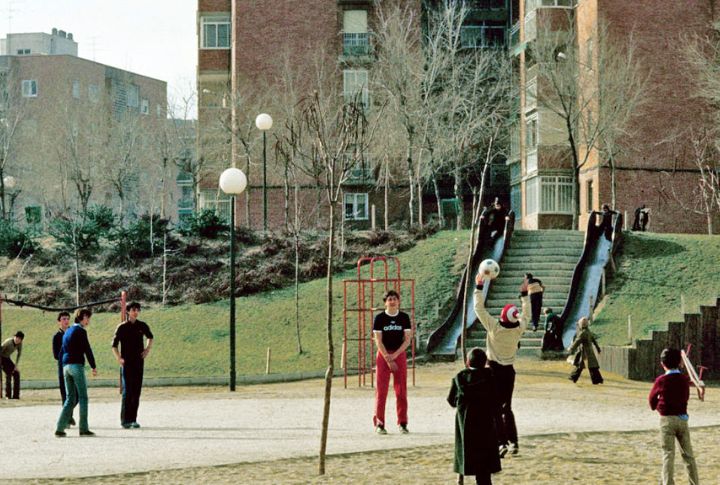
Ask a Boomer about childhood, and you’ll likely hear stories of scraped knees and parents who didn’t ask too many questions about where they were. It was a different mindset. Today’s children are growing up in a world that’s more connected and arguably more anxious. Freedom no longer looks the way it once did. So what made growing up feel freer in the past? Let’s explore the reasons Boomers believe that the kids are missing out.
Wider Unsupervised Play Areas
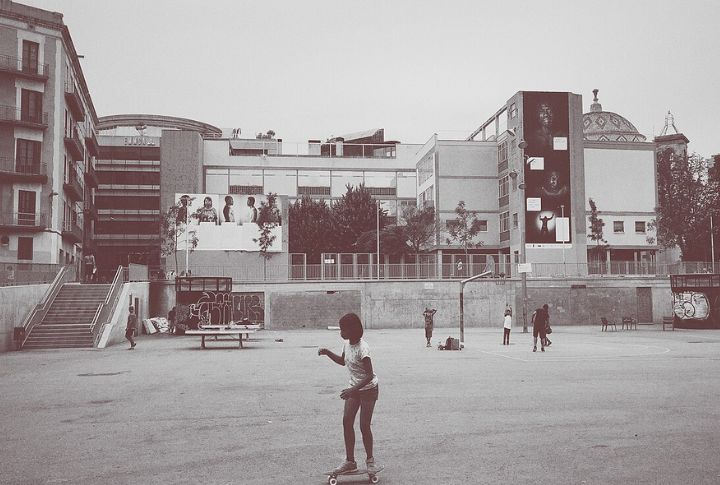
In the ’70s, childhood meant biking till sunset and learning by wandering. There was trust in neighbors and a safer space for kids. That freedom feels like a relic today. With tracking apps and constant supervision, the wild, unscripted magic of growing up has quietly faded.
Less Parental Supervision And Anxiety
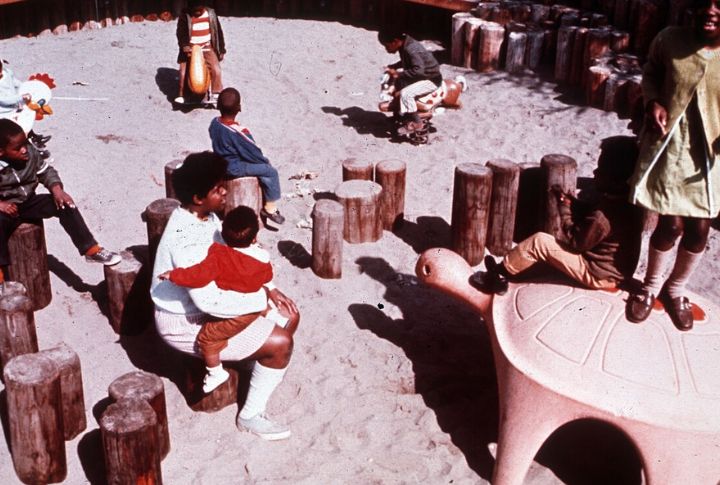
Boomers often played until the streetlights came on, checking in just in time for dinner. Without cell phones, kids learned self-reliance through experience. Today, however, around-the-clock connectivity and heightened safety fears have turned freedom into constant monitoring and tightly controlled independence.
Lower Perceived Danger From Strangers

Before cable news and viral headlines, rare crimes stayed local. Parents weren’t constantly exposed to worst-case scenarios. “Stranger danger” didn’t become a national obsession until the 1980s. Boomers grew up with fewer warnings and less media-driven fear to explore without imagining threats around every corner.
Minimal Digital Surveillance And Social Media Pressures
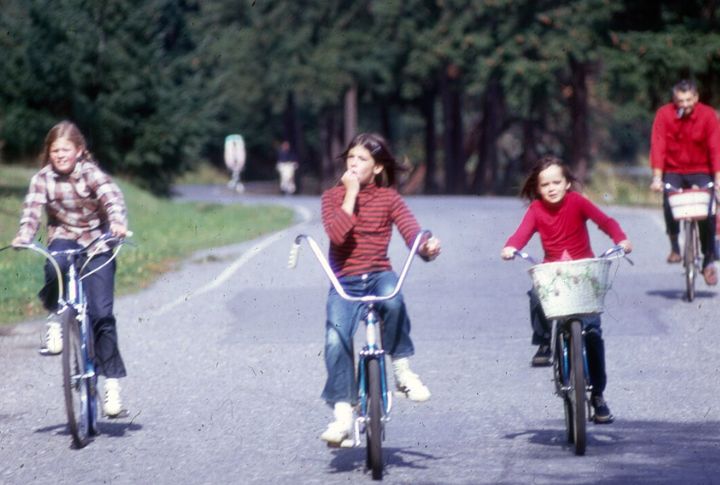
Childhood in earlier generations was offline by default. Without smartphones or tracking apps, kids experienced true freedom the moment they stepped outside. Their choices weren’t monitored in real time. Present-day youth, however, grow up under a digital spotlight where constant connection often replaces independence and even personal privacy.
Greater Neighborhood Cohesion
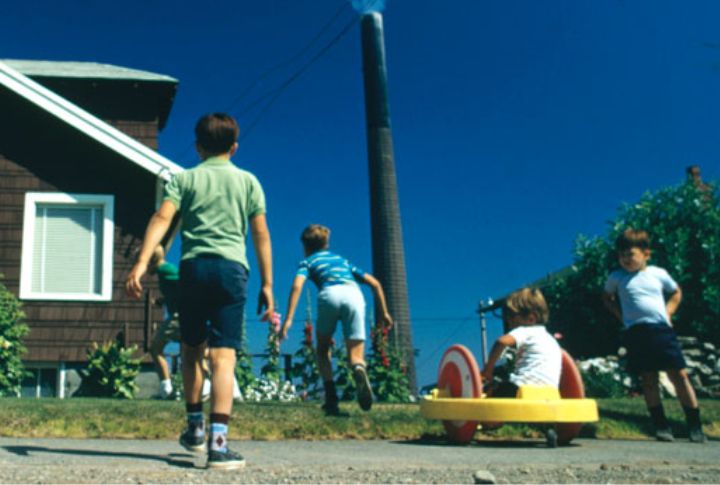
Neighborhoods used to function as informal safety nets. Kids crossed yards freely, and there was an unspoken agreement that if someone’s child was misbehaving or needed help, any parent could step in. This social web allowed children more physical and social freedom, supported by a collective sense of responsibility now rare in many urban communities.
Fewer Legal Restrictions On Children’s Autonomy
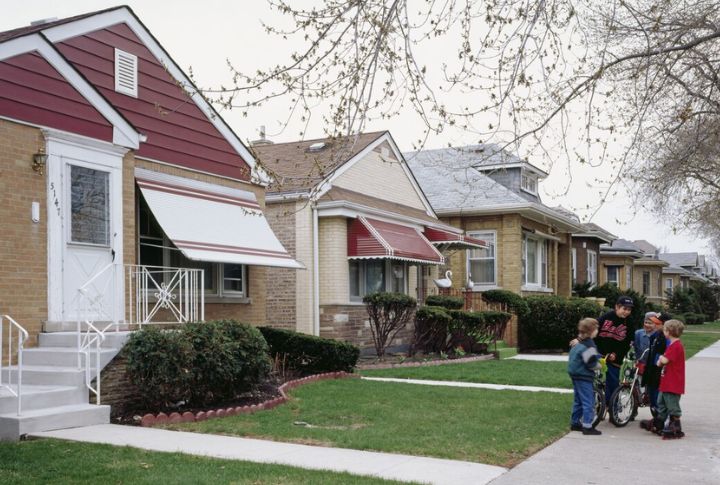
A few decades ago, no one thought twice about a 10-year-old biking across town or running errands solo. Today, those same actions can trigger legal scrutiny. Independence that once felt normal is now often regulated, with parents facing pressure and even investigations for allowing kids to roam too freely.
Less Parental Fear Of Social Services Intervention
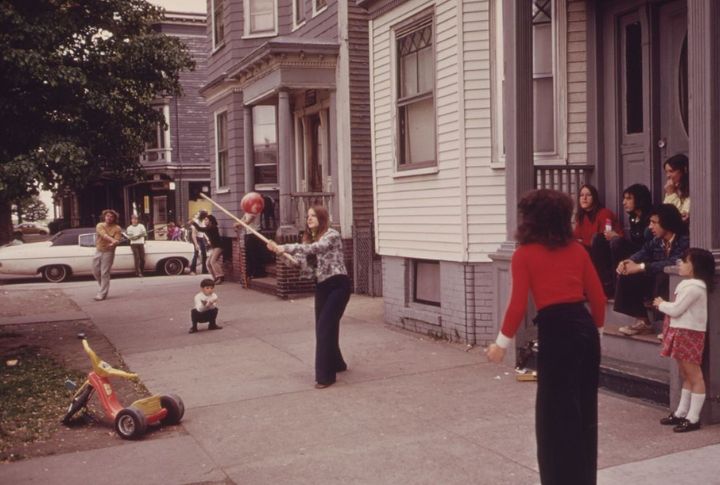
In earlier decades, parenting choices weren’t constantly scrutinized. Letting kids roam unsupervised was considered the norm. However, by recent standards, many parents worry about being judged or even reported for the same decisions. As public perception shifted, the space for independent childhood shrank, turning once-ordinary freedoms into controversial choices.
Cultural Value Of Independence
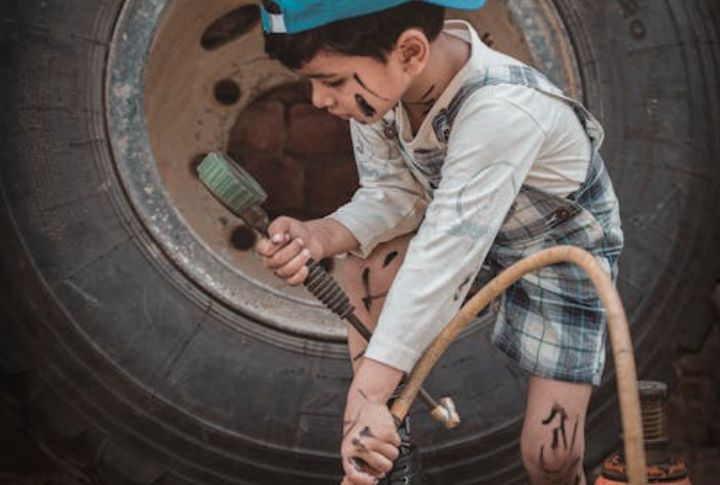
Independence was a given. Kids learned to fix flat tires and even manage pocket money without apps or reminders. Problem-solving and decision-making were part of daily life. In contrast, kids these days miss out on learning through trial and error while performing small responsibilities.
Economic Prosperity And Urban Design
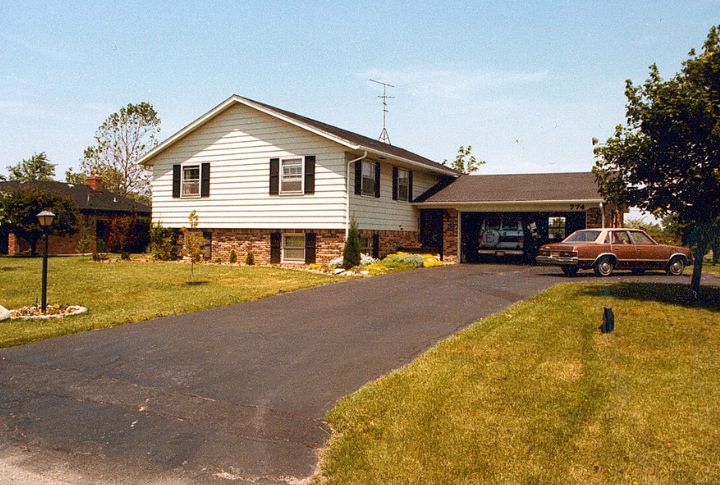
Post-WWII suburban expansion created family-friendly environments with backyards and cul-de-sacs. Low crime rates and fewer cars made it safe to wander. Compare that to today’s denser traffic and fewer accessible green spaces, and it’s no wonder freedom feels more elusive for modern children.
Fewer Intensely Structured Schedules
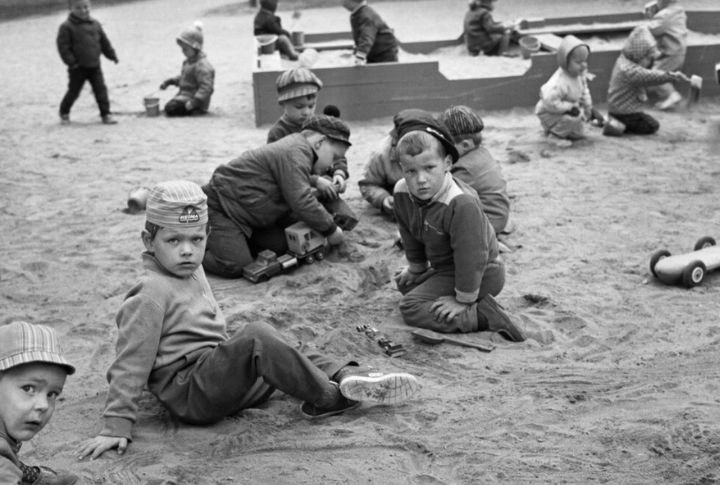
Many kids once spent hours inventing backyard games or building forts from scrap wood. Extracurriculars were a choice and a healthy way of living. Now, childhood often resembles a resume-in-progress, packed with structured activities. That shift leaves less space for boredom, free play, and the self-directed creativity that once defined growing up.

